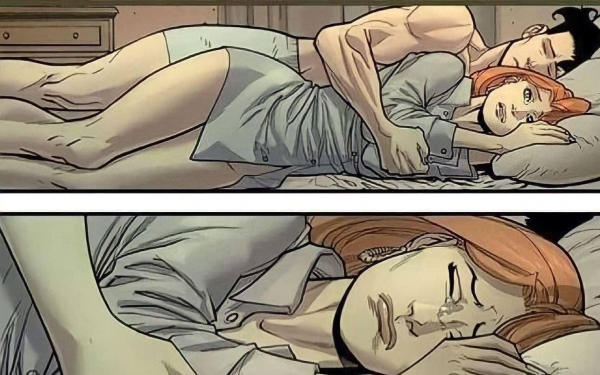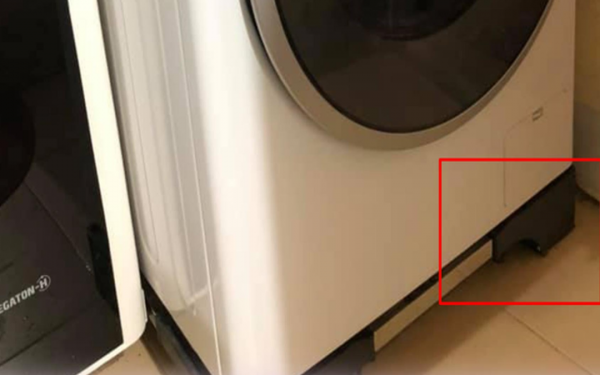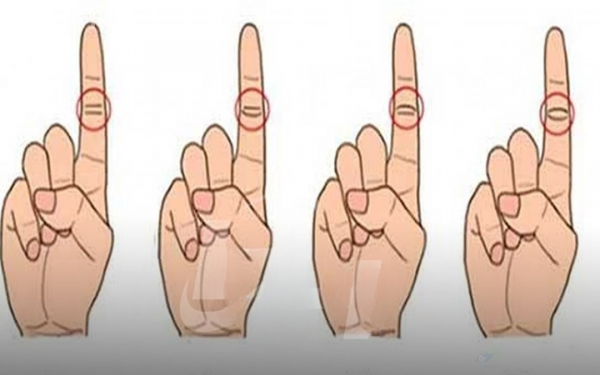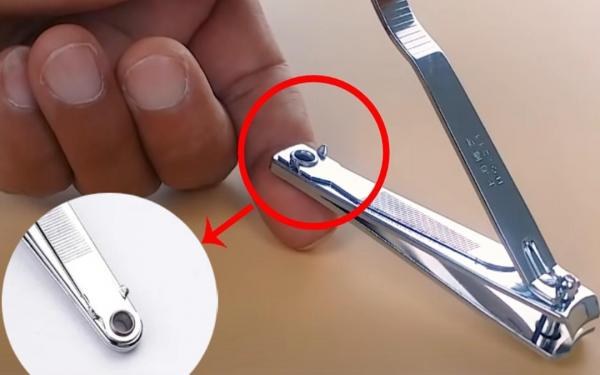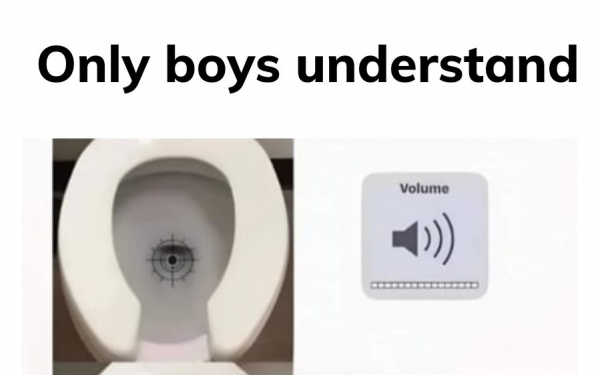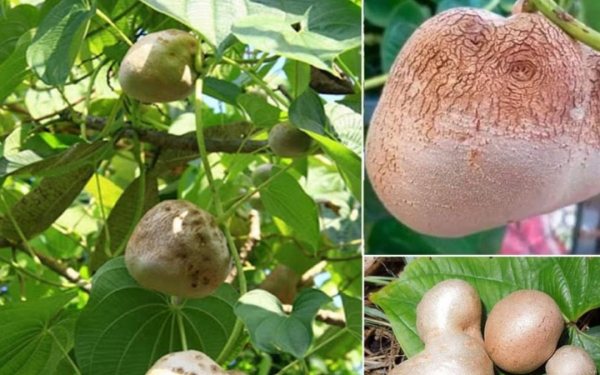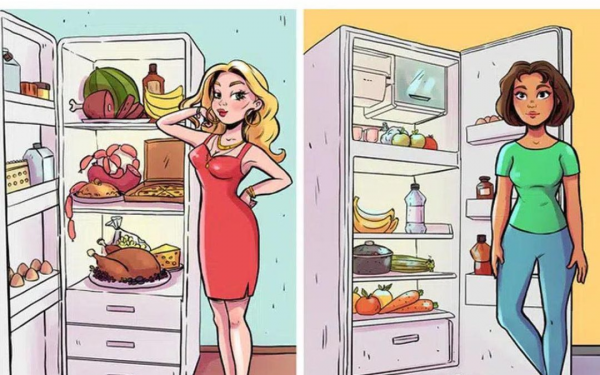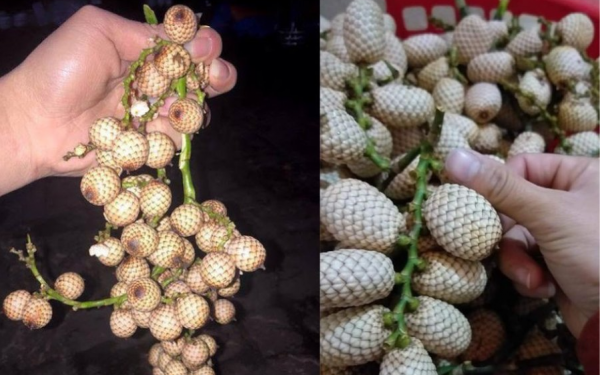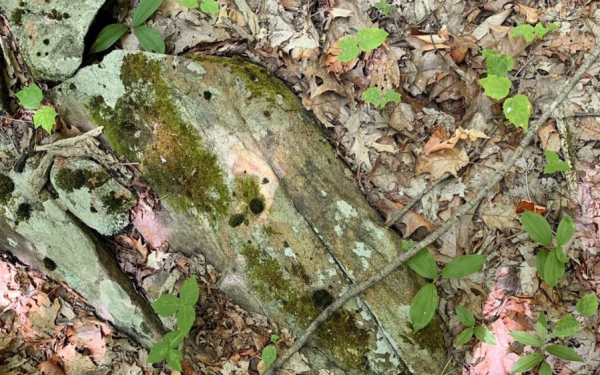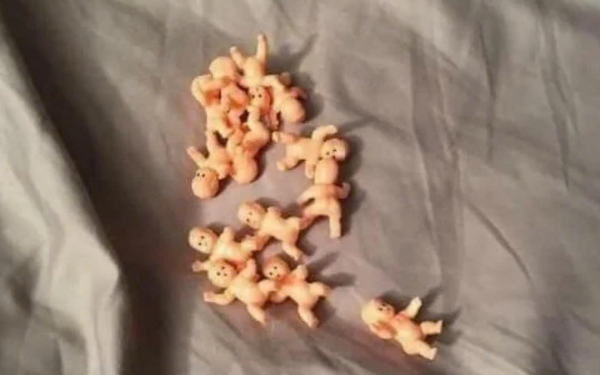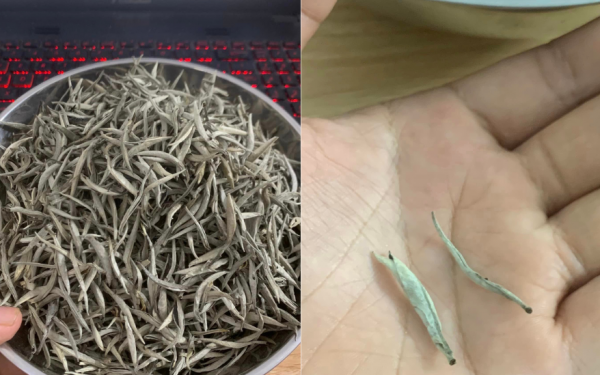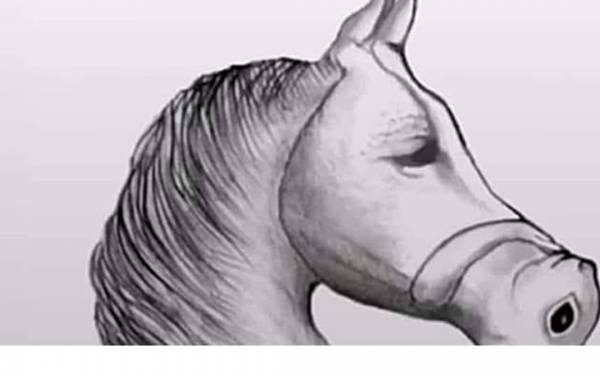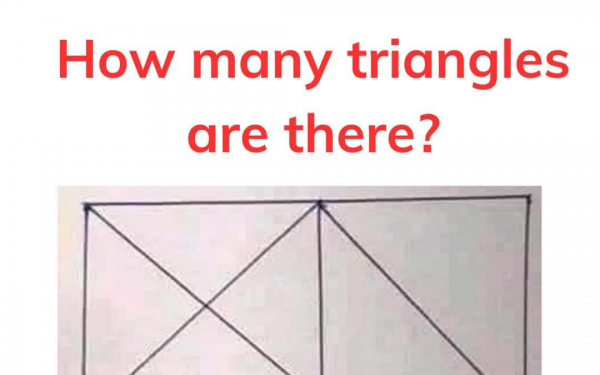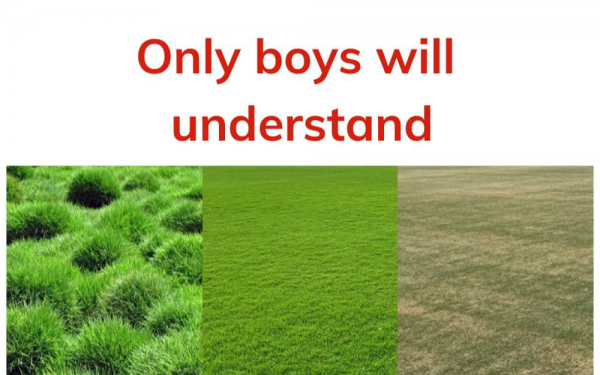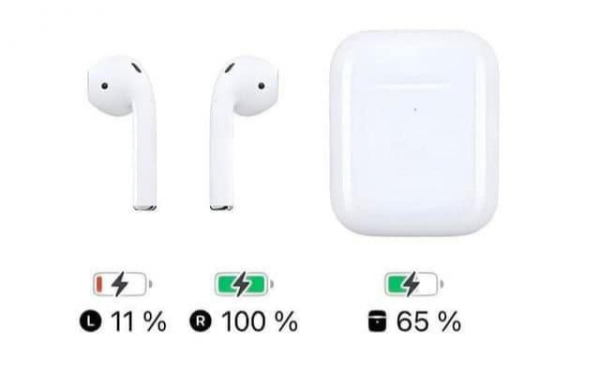Can you understand this picture?

Feeling lonely? It may affect how your brain reacts to food, new research suggests
In a recent study published in JAMA Network Open, researchers investigated the associations between individuals’ perceived levels of social isolation and brain patterns related to food cues, psychological outcomes, and obesity.
Their results indicate that loneliness can lead to challenges in control and motivation when responding to foods and have important implications for the development of effective treatments for obesity.
BackgroundPerceived social isolation, or loneliness, is known to have significant impacts on health, including mental health disorders, cardiovascular disease, and obesity. The negative health consequences of social isolation were widely documented during the coronavirus disease 2019 (COVID-19) pandemic.
The biological mechanisms that underlie loneliness include alterations in brain networks like the default mode network, executive control network, visual attention network, and reward network, which could lead to hypervigilance to perceived social threats, heightened self-rumination, and increased sensitivity to negative social cues.
They may also contribute to maladaptive behaviors like overeating and substance cravings.
Investigating the neural mechanisms that link loneliness to alterations in responses to food cues may yield important insights into what scientists have termed the ‘lonely brain’ phenomenon.
About the studyIn this study, researchers hypothesized that loneliness is associated with increased activation in certain brain regions when viewing food cues, which correlates with worsened mental health, changed eating behaviors, and obesity measures.
Another key hypothesis was that sweet food-related neural alterations would show stronger associations with maladaptive eating behaviors and mental health outcomes due to the well-documented rewarding nature of sugar-rich foods.
Healthy, premenopausal female participants were recruited in Los Angeles and asked to report perceived social isolation using the Perceived Isolation Scale.
They went through functional magnetic resonance imaging (fMRI) while being exposed to various food cues to evaluate neural responses to different food types.
Food Adulteration in the Honey Industry eBook Learn how to test and ensure honey authenticity throughout the supply chain with this free eBook.Download the latest edition
Various clinical and behavioral measures were examined, including body composition, eating behaviors, and mental health variables.
Statistical analyses were conducted to compare demographic and clinical characteristics between high and low-perceived isolation groups. Whole-brain analyses were performed to assess perceived isolation-related differences in neural responses to the cues.
Regions of interest (ROIs) were identified, and brain signal changes were extracted for further analysis. Multiple linear regression analyses examined associations between loneliness-related brain food cue reactivity and individual clinical and behavioral measures.
Mediation analyses were conducted to assess the mediating effect of brain food cue reactivity on the association between perceived isolation and various outcomes of interest, such as body measurements, eating behaviors, and mental health. All analyses were adjusted for age.
FindingsOverall, 93 female participants aged 18 to 50 years, with a mean age of 25.38 years, were included, with 41% self-identifying as Filipino and 59% as Mexican.
The high perceived isolation group (n=39) exhibited poorer diet quality, greater fat mass percentage, poorer mental health, and increased maladaptive eating behaviors compared to the low perceived isolation group (n=54).
The findings from whole-brain comparisons showed that the group perceiving higher levels of social isolation reacted significantly more strongly to cues when viewing foods compared to non-foods, particularly in the region of the inferior parietal lobule (IPL).
Specifically, when they viewed sweet foods compared to non-foods, increased reactivity was observed in multiple brain regions, including the lateral occipital cortex, inferior frontal gyrus, and IPL.
Conversely, when they were shown savory foods compared to non-foods, the group perceiving higher levels of isolation exhibited less reactivity to cues in the dorsolateral prefrontal cortex (dlPFC) and central praecuneus.
Brain reactivity to sweet groups only and all food groups was correlated with mental health indicators and maladaptive food consumption behaviors. However, no associations were found for the subsample of savory foods.
When participants were shown food compared to non-food, brain reactivity was observed to mediate the correlations with reward-based eating, food cravings, and generally maladaptive eating behaviors.
Similarly, when participants viewed sweet food compared to non-food, brain reactivity was seen to mediate associations with body fat percentage, reward-based eating, food cravings, and generally maladaptive eating behaviors.
The association between viewing savory food and positive affect was also mediated by brain reactivity.
ConclusionsThis study reveals that loneliness is linked to obesity, mental health symptoms, and maladaptive eating behaviors.
Being lonely was associated with increased body fat; lonely individuals were also more likely to report maladaptive eating behaviors and increased vulnerability to psychological symptoms.
Brain imaging showed heightened reactivity to cues in brain regions associated with social cognition and executive control, suggesting an imbalance in sensitivity to internal states and external cues.
Sweet foods particularly influenced neural responses, potentially due to their rewarding nature and analgesic effect.
These findings underscore the role of altered brain processing in mediating the association between social isolation and adverse health outcomes, highlighting the importance of holistic interventions targeting both body and mind.

